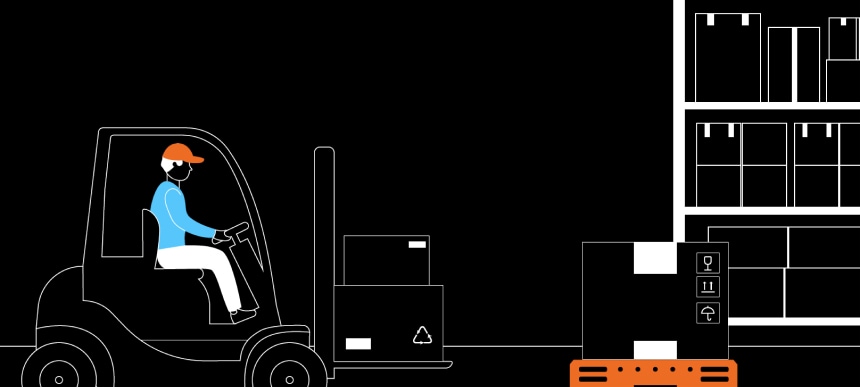Don’t try to work around labor shortages – work with them

Organizations are sometimes too quick to try to overcome labor shortages with increased automation. They should look to their existing workforce.
Labor shortages are a continuing problem in the logistics industry. The statistics can be misleading, though. The latest figures from the UK show that whilst the jobless rate has fallen to 3.5%, the economic inactivity rate sits at 21.7%, with 2.5 million people inactive due to long-term illness.
This deceptive picture of employment, along with several other factors such as ongoing global supply chain issues, creates more significant employee churn.
Many organizations look to an idealized version of the warehouse, a utopian system of automated efficiency. Yet this remains mere fantasy for the foreseeable future. The answer to labor market fluctuation should not be to disregard the labor market altogether. Instead, it should be to protect every organization’s biggest asset – its people.
Maximizing the potential in your existing workforce is one of the most powerful tools at a business’s disposal. There are three ways to achieve this.
Retaining workers
The best way to address labor shortages is to do everything to retain the workers you have. Of course, the best way to keep workers is to pay them above the market rate. However, there are several more ways. Higher job satisfaction is one; the more people enjoy their work, the more likely they want to learn and grow in that environment.
Workers are also more likely to stay in a job where they see a future. Therefore, it is essential to create a transparent work environment. Progression and the opportunity to expand need to be firmly on the table. Offering courses in new technologies, leadership training, and open communication are all ways of creating a better workplace.
FACT CHECK
SURVEY RESULTS: 76 per cent of warehouse floor workers identified having the right people as the top priority in maintain or improving productivity.
Protecting workers
The second point is to create a safe and functioning environment. Workers will not hang around long if they feel their workplace is unsafe or causing physical strain. Whether they leave to seek less strenuous work or are simply unable to work due to injury – an injured worker represents a misaligning of priorities.
There are several ways of reducing the risk of injury. One of the most common in the warehouse environment is repetitive strain injuries. By reducing unnecessary journeys, and mistakes in picking, you reduce unneeded worker strain. Optimizing space and layout are another way of reducing harm.
FACT CHECK
SURVEY RESULTS: 42 per cent of warehouse floor workers highlighted staff exhaustion and fatigue as significant challenges in the warehouse.
Enhancing workers
Retaining and protecting workers is vital to create a highly functioning warehouse environment. But why stop there? The most successful organizations don’t look to achieve the bare minimum. Instead, these organizations seek improvements that set them apart from their competitors.
While new technologies like AI certainly deliver some outstanding benefits, human operators remain indispensable for the foreseeable future. That is why warehouses will need to look after them with utmost care. Ergonomic technology enhances human workers. It improves dexterity and allows them to move around the warehouse more naturally. All of which can be critical aspects when it comes to optimizing processes and workflows.
FACT CHECK
SURVEY RESULTS: 72 per cent of warehouse floor workers responded that improving processes and workflows was key for sustained success.
Conclusion
The secret to a profitable warehouse is getting the right people, in the right places, with the right technology. Additionally, organizations are well-advised to make those people feel safe and valued. In a nutshell: it’s about optimizing the warehouse so that workers are in the best environment, not just a functionable one.
For more insights into warehouse productivity, download our report ‘Productivity in the Warehouse’ at https://www.proglove.com/productivity-in-the-warehouse-survey/


